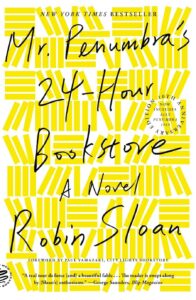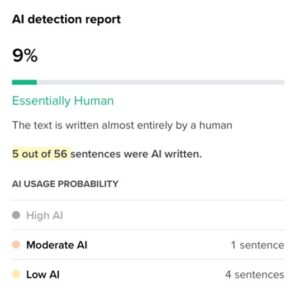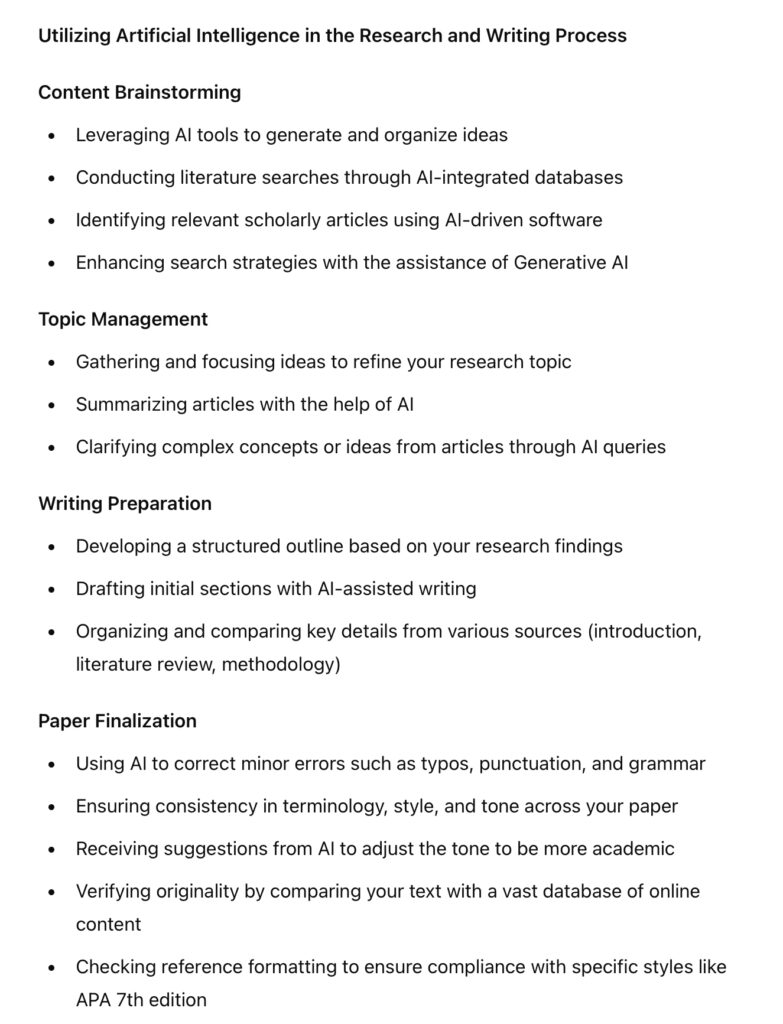 A popular title with the Rutgers READ Book Club, Mr. Penumbra’s 24-hour bookstore by Robin Sloan, is a perfect book to kick off the new semester, whether reading for fun or looking for advice.
A popular title with the Rutgers READ Book Club, Mr. Penumbra’s 24-hour bookstore by Robin Sloan, is a perfect book to kick off the new semester, whether reading for fun or looking for advice.
Starting in an old-fashioned, cobwebby bookstore in San Francisco, this mixture of mystery, fantasy, and adventure quickly moves from Silicon Valley to New York, as the story unveils “Unbroken Spine,” an organization dedicated to decoding a book written by a fifteenth-century Venetian printer, Aldus Manutius. The proverbial “closed book,” believed to reveal the secret to immortality, has long been functioning as an impenetrable forest of mysteries and puzzles to the members in their clandestine attempts to find the key to the secret.
There seems to be no solution. Neither the prehistoric, cloak-and-dagger methods pursued by pathfinders from diverse backgrounds and ages, nor the groundbreaking computer technology provided by Google for their next-generation explorers can “crack the code.”
The secret can only be revealed if they work together, bringing their knowledge and experience to the table, from tradition to technology. The message is clear: transitioning from old to new, print to electronic, human to artificial intelligence, we may want to give some credit to the simple, time-honored words of wisdom: every stick has two ends. Yes, even in the 21st century.
The elephant in the room
 Whether we like it or not, students and instructors will not be able to avoid the elephant in the classroom, or in our case, in the library, this semester. Artificial Intelligence (AI) has reached a point of saturation where my native Hungarian language suggests not even trying to turn on the faucet in the bathroom without caution.
Whether we like it or not, students and instructors will not be able to avoid the elephant in the classroom, or in our case, in the library, this semester. Artificial Intelligence (AI) has reached a point of saturation where my native Hungarian language suggests not even trying to turn on the faucet in the bathroom without caution.
More seriously, according to anecdotal evidence, now also supported by studies, about 50-60% of students and faculty admitted using AI tools in the past academic year. There’s no data on which tools, how they were used, and to what extent.
This is where AI use is getting interesting, disturbing, or even dangerous, even on par with committing career suicide.
Using AI to write a paper is not the same as writing a paper
For students, plagiarism is an issue the moment they set foot in the college classroom. What exactly is considered plagiarism? In North American universities, students sign a waiver to avoid plagiarism upon enrollment. There are strict guidelines, often explicitly spelled out in the syllabus. Librarians are happy to help asynchronously, such as in the RU Citing? Solutions & Strategies for Avoiding Plagiarism LibGuide or in real time, through the 24-hour chat reference.
To avoid further complications, such as potential plagiarism by using AI inappropriately, it is important to think about what might be questionable, doubtful, or even dangerous for your future career. Before you consider using AI or hitting the Send button to submit your paper, you may want to check your syllabus to face a couple of potential issues. AI detectors do exist for papers and other texts! Turnitin, anyone?
Beware of AI hallucination
 AI hallucination means that the AI software may generate incorrect results, spanning from slightly misleading to absolutely incorrect. Garbage in, garbage out, as the old computer scientist would say. The software can only rely on the data it was trained on, which could be insufficient or even biased, among others. Adding potential incorrect assumptions from the AI app or pasting AI-generated content into a college-level paper will set up students for failure.
AI hallucination means that the AI software may generate incorrect results, spanning from slightly misleading to absolutely incorrect. Garbage in, garbage out, as the old computer scientist would say. The software can only rely on the data it was trained on, which could be insufficient or even biased, among others. Adding potential incorrect assumptions from the AI app or pasting AI-generated content into a college-level paper will set up students for failure.
The AI detector can also hallucinate, especially with English texts written by non-native speakers (from anecdotal evidence). To illustrate an example of AI detector the hallucination, in one of the Book We Read blog posts written in September 2022, (i.e., before Chat GPT was available), the filter reported 9% as AI usage! Fact: there was no AI application available at the time.
Academia speaking: AI Declaration in journals
Another emerging trend in scholarly publishing worth attention is the use of AI Declaration in Journals. Concerned about the future of research in general as well as their own journals, publishers started to request this additional step, just like Conflict of Interest and other statements.
Watch out for sentences like this in the most recent article search results – an example from a recent scholarly publication: “Dr. XY, a non-native speaker of English, used ZX software for grammar and clarity.”
Using AI in college writing
Instructors and librarians understand that it’s challenging to come up with a topic for a course paper, let alone to narrow it down to a perspective that is manageable for students to write about in the given time frame. We understand non-traditional students, often juggling family and multiple jobs, international students, anyone whose first language is other than English, those with different learning styles (sometimes with disabilities), or any other factors are likely to push unsuspecting and trusting students into a time crunch and ultimately, the wrong direction.
No one wants to scare you away from using AI. There are many useful scholarly AI applications out there, and more and more subscription databases in the RUL collection are offering AI-supported solutions. Librarians are here to help with a few points to consider when students decide to benefit from using generative AI to write their papers.
First, you may want to check the syllabus.
- Is the use of artificial intelligence allowed at all?
- If so, what exactly and to what extent, e.g., supported or tolerated?
- Do you have to declare AI use?
- Does the syllabus specify adding the details of use (software, text, images, etc.)?
- Does it provide sample language on how to declare AI use?
If AI use was allowed and you benefited from any software, give your text a thorough once-over before submitting, (supposing you hadn’t generated the entire paper with AI, which would qualify as plagiarism, of course). A few questions to consider:
- Did you use one or more AI applications to generate ideas, texts, or images?
- Is there any section created with basic AI assistance, such as spelling, punctuation, grammar, editing full sentences or paragraphs?
- For what other purpose did you use AI? Examples: editing for clarity (to make it more understandable), tone (to sound more professional), or checking for plagiarism?
- In terms of any changes suggested by AI, did you accept corrections automatically or selectively?
- Was any part of your text entirely created by artificial intelligence, e.g, Chat GPT suggested adding a brand new paragraph?
- Do you know how to cite AI-generated content properly according to APA-style, Chicago-style, or MLA-style?
AI in research and writing
Artificial intelligence can be used in various steps during the research and writing process. Here are a few ideas of ethical use of generative AI.
1. Brainstorming for content
- Searching literature with the AI application built in a particular database
- Using scholarly AI software to find relevant articles
- Refining search strategies with Generative AI
2. Managing your topic
- Collecting ideas for your paper and narrowing it down to a manageable topic
- Asking AI to summarize articles
- Asking AI to explain certain concepts or ideas in an article
3. Preparing to write
- Creating an outline based on ideas gathered from your research
- Writing a first draft of a section
- Organizing and comparing certain details from papers you have located (preface, literature review, methods)
4. Finalizing your paper
- Asking AI to make minor corrections in the text: typos, punctuation, verb tense, word order, etc.
- Developing consistency in terminology, style, and tone
- Asking for suggestions how to modify tone to more scholarly
- Checking for plagiarism: comparing your text to millions of others available on the Internet
- Formatting of references: AI can double check if all your references comply with a particular style such as APA 7th edition
Using AI to explain how to use AI
To illustrate AI use, ChatGPT was prompted to refine the above text “to ensure it’s original.” The response is as follows. Compare with the original to find the telltale signs of AI use, such as using long and complex words for simple concepts, “utilize” for “use,” “ensure compliance” instead of “comply,” or “drafting initial sections” for “writing a first draft.” Note also the change of style in the headlines. In general, markers like these will raise the suspicion of AI use in your paper!
[AI-generated content: Start]
Verdict? I’m not sure . . .
Related references
- Artificial Intelligence (AI) – a comprehensive guide from RUL on AI at Rutgers and beyond
- RU Citing? Solutions & Strategies for Avoiding Plagiarism – a guide created to help Rutgers students to understand plagiarism
- Acknowledging AI use and technologies – a guide from the University of Melbourne on how to appropriately acknowledge the use of these tools and technologies
- Acknowledging the use of AI – a page from Newcastle University with samples of openly and transparently acknowledging how and why you have used AI
- AI in scholarly publishing – a guide from the University of Washington with examples of AI declaration requirements
